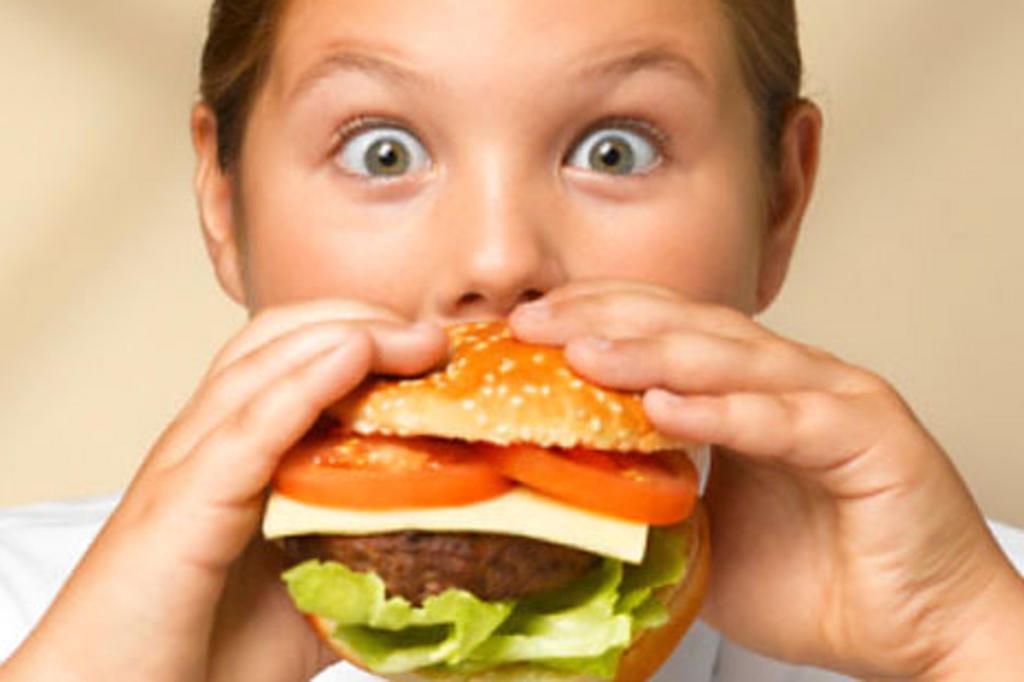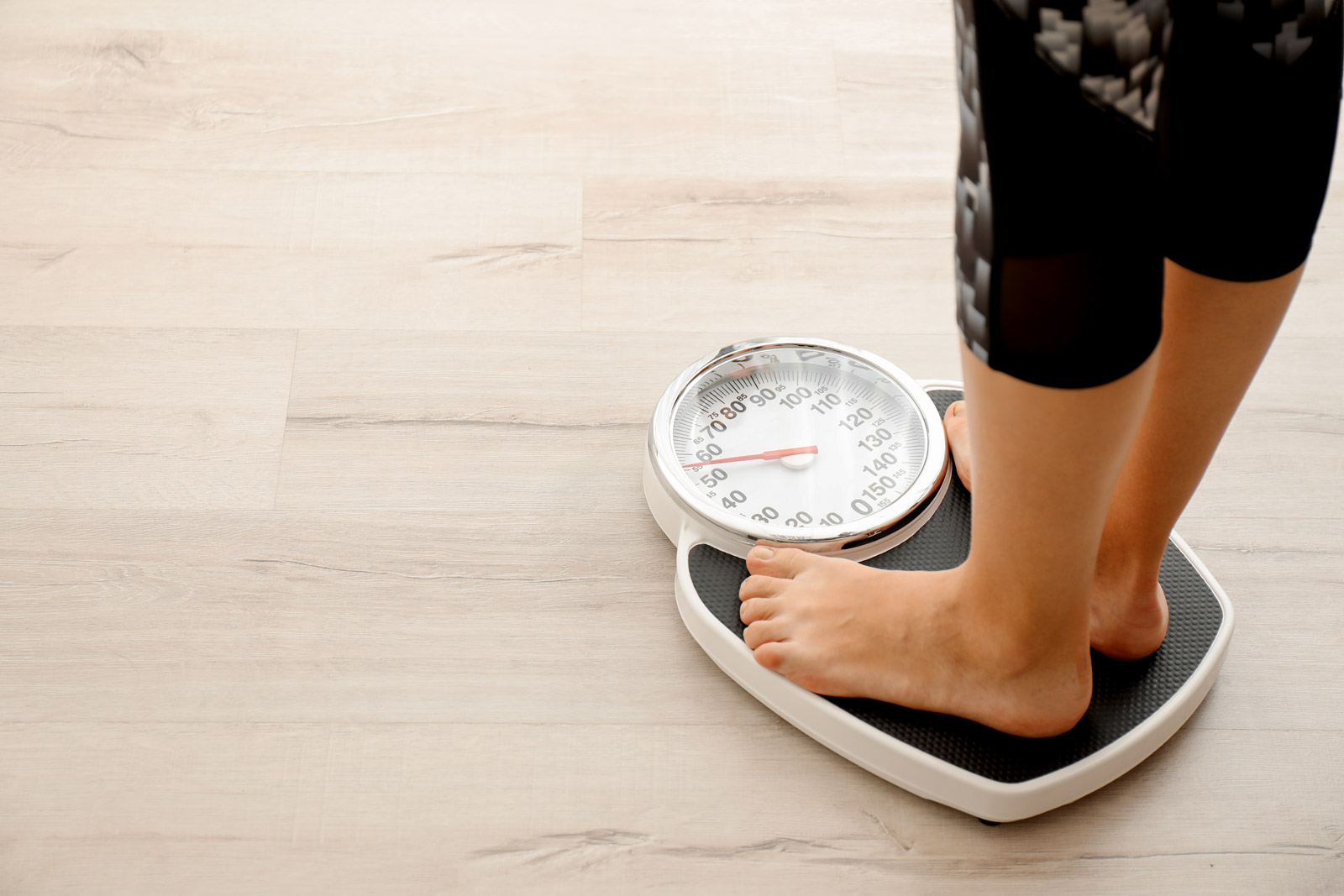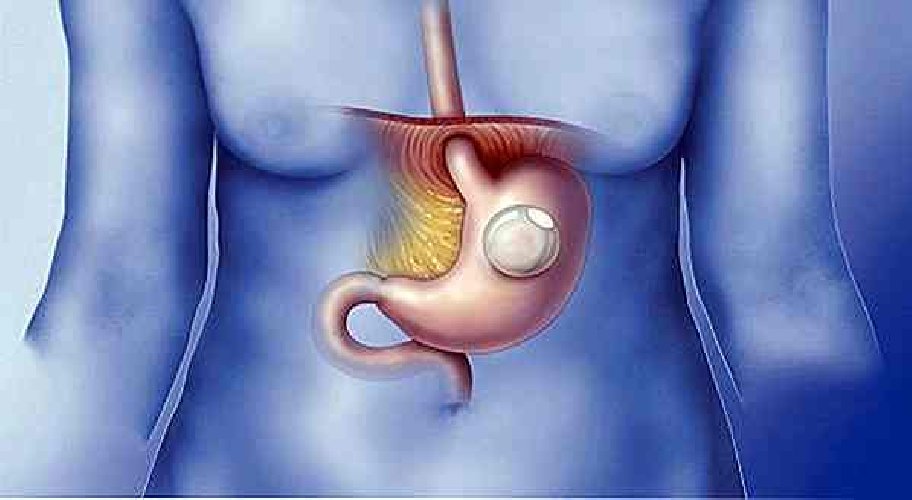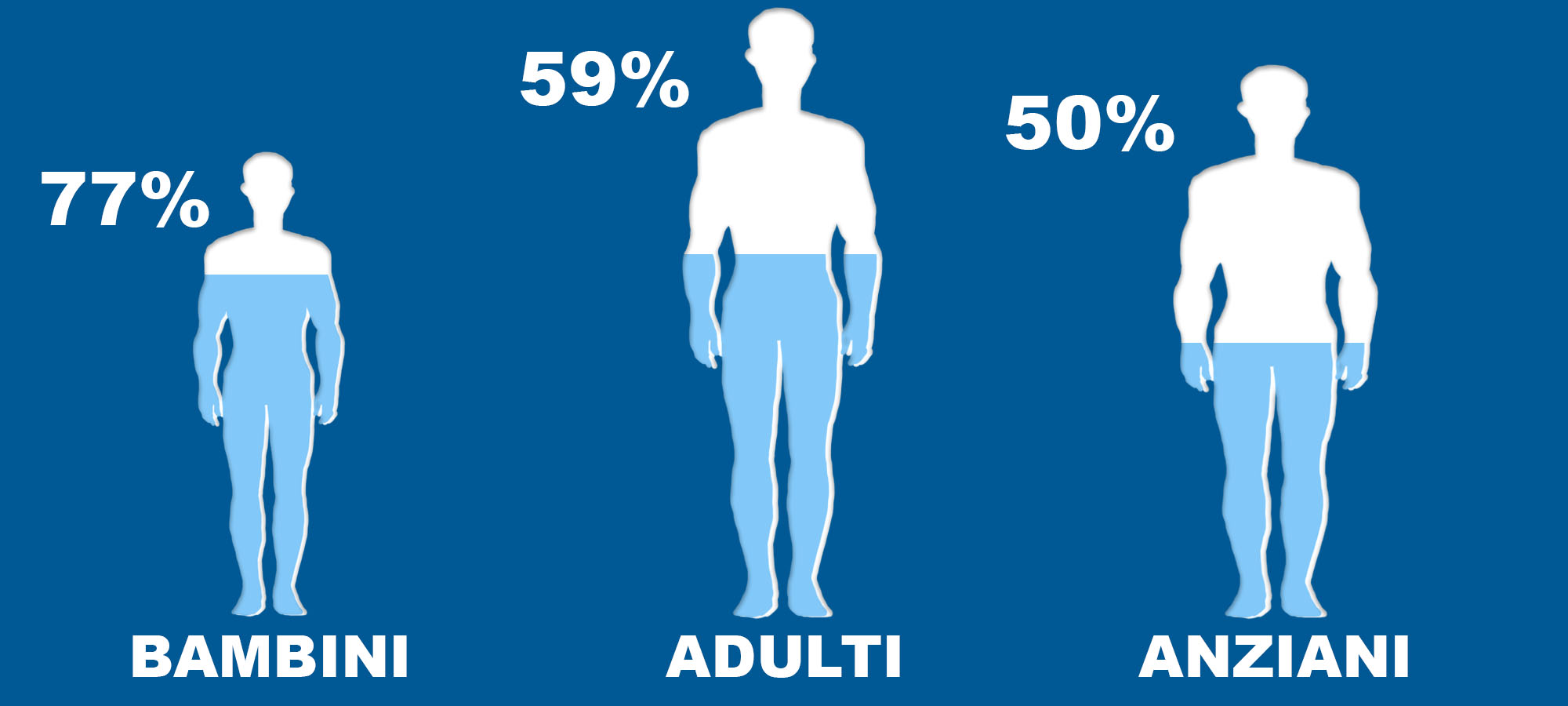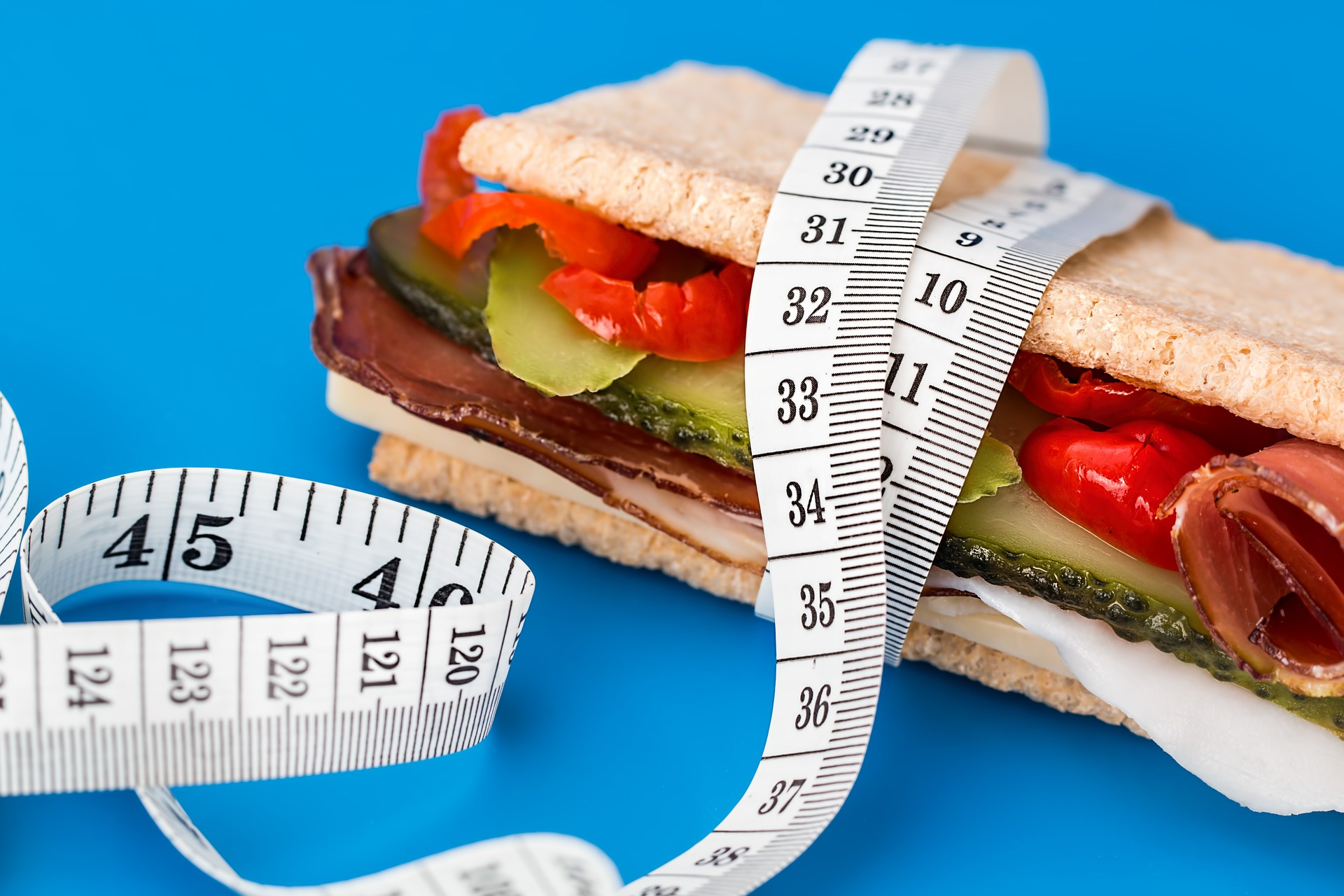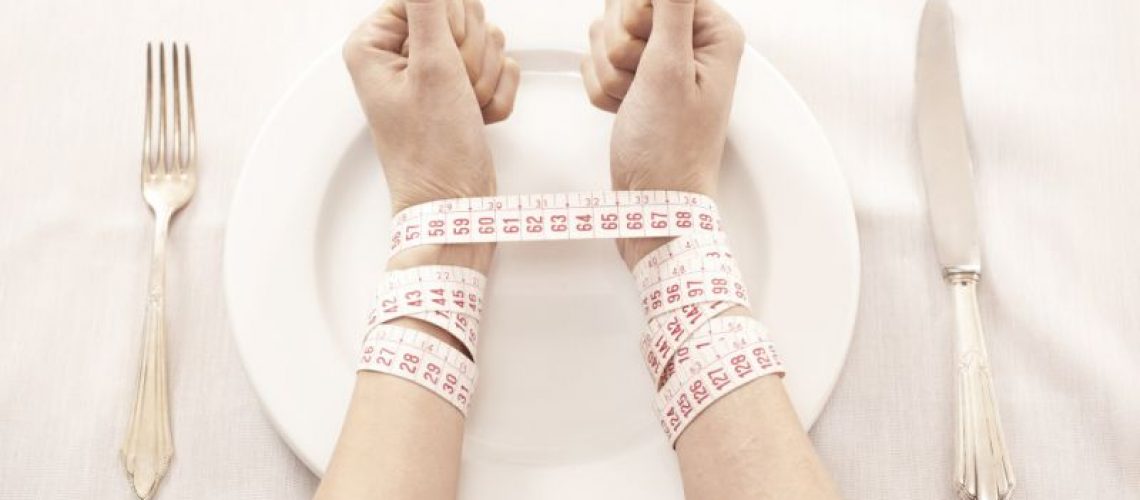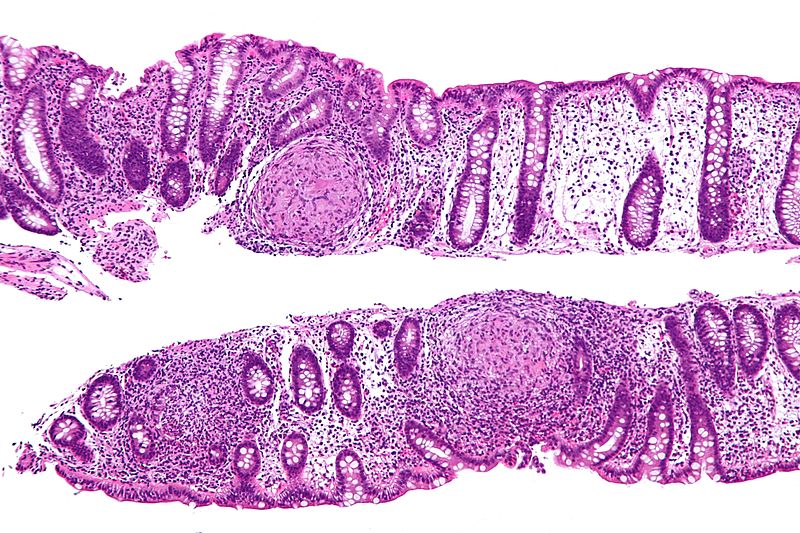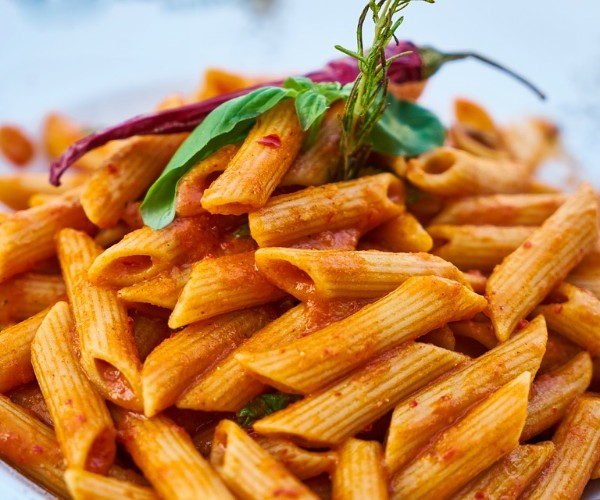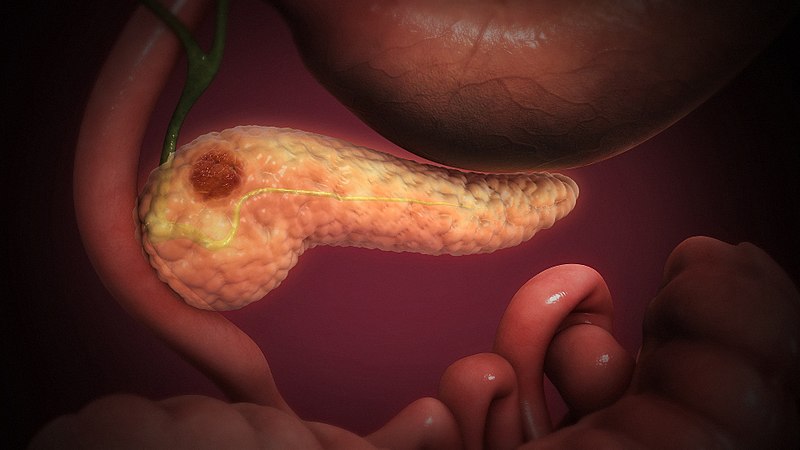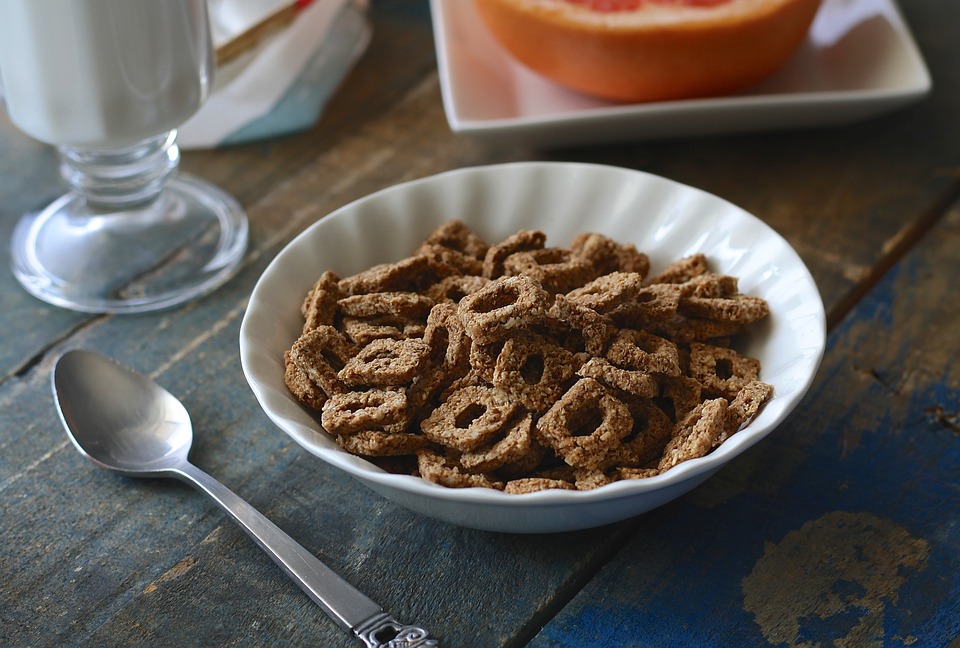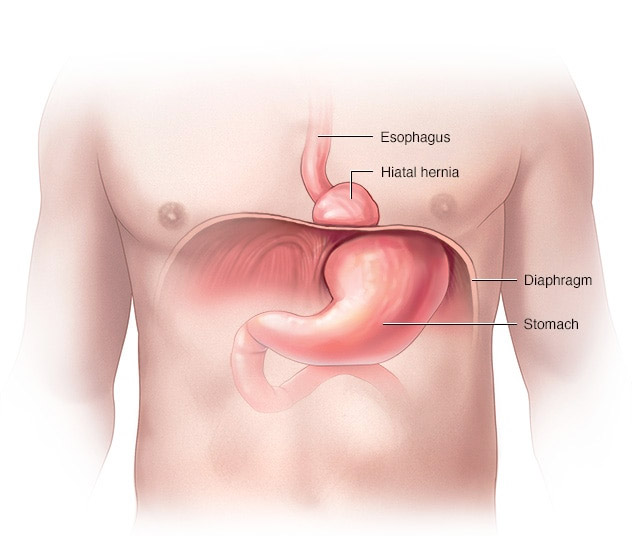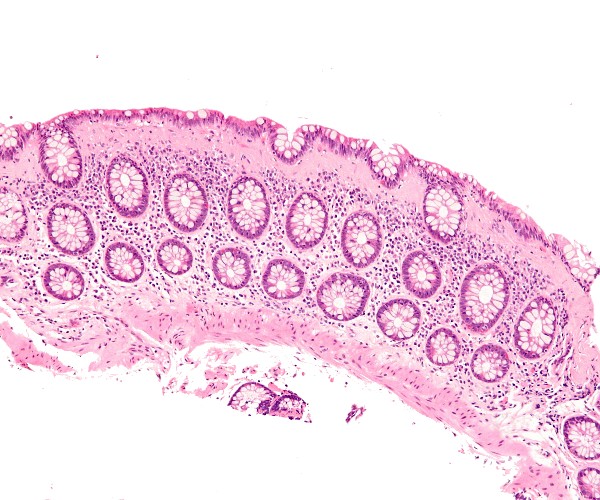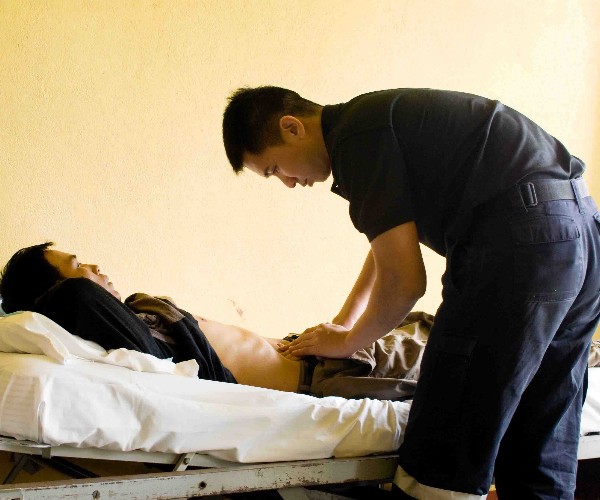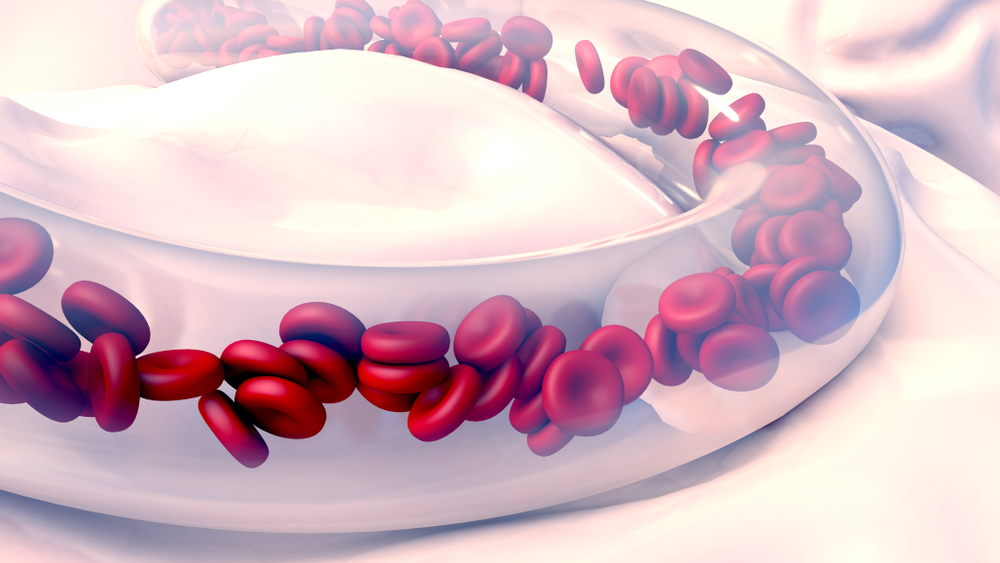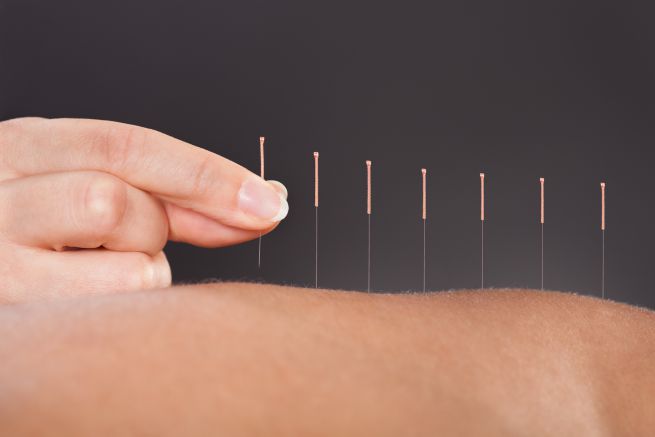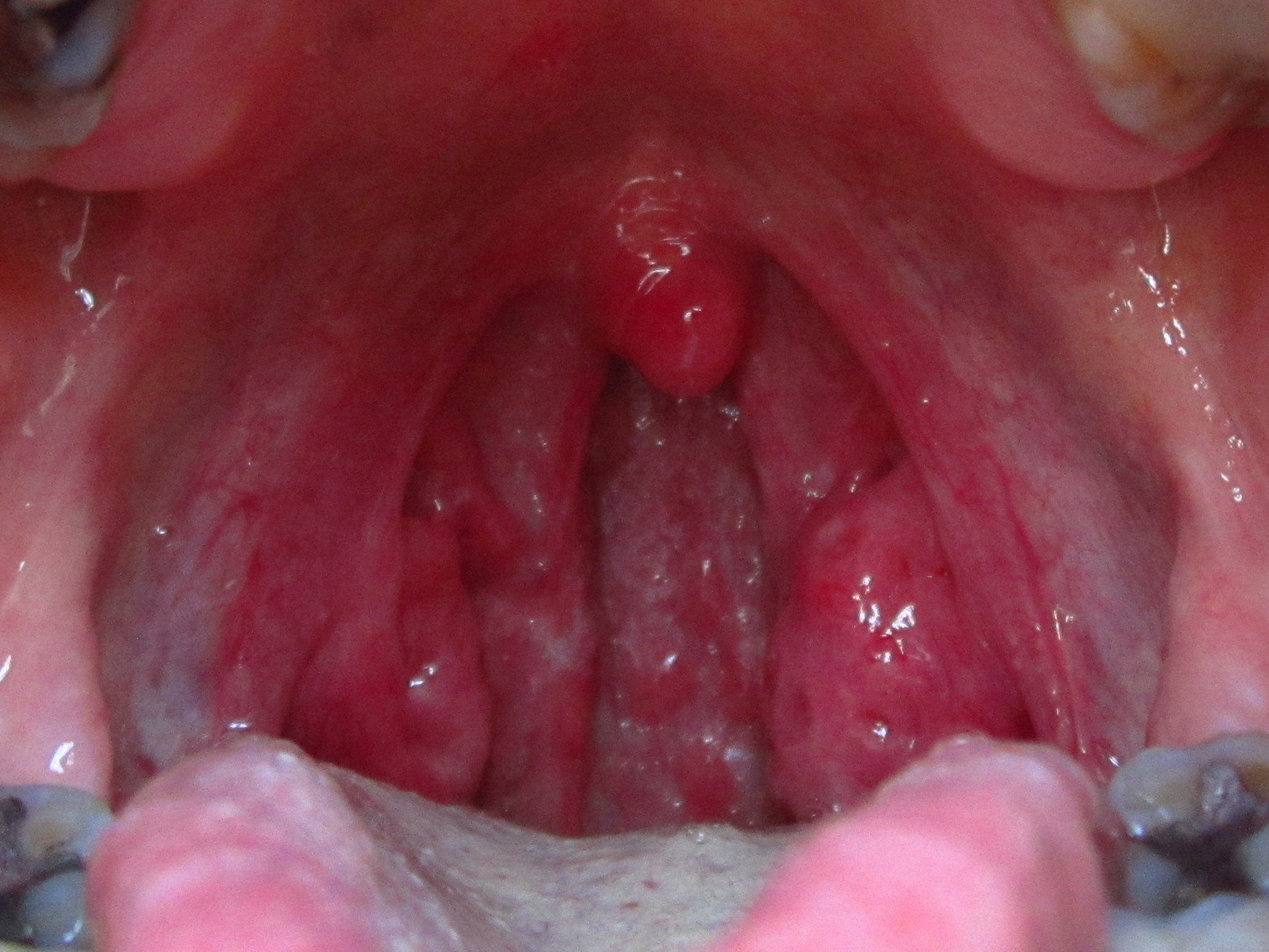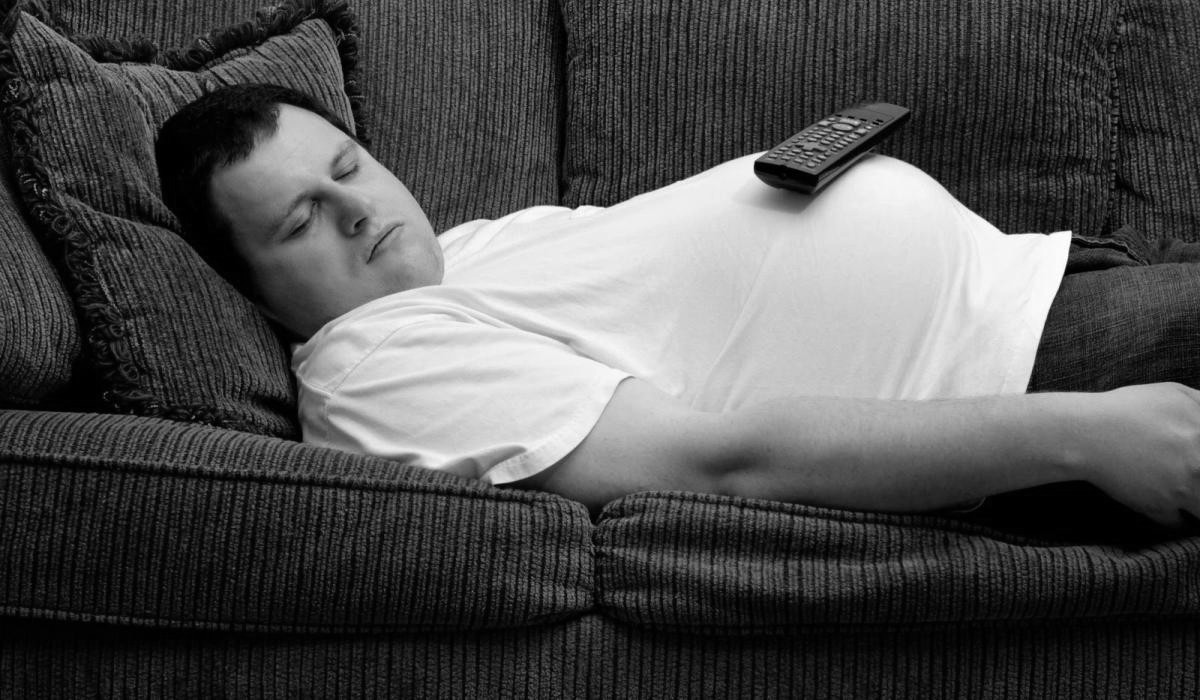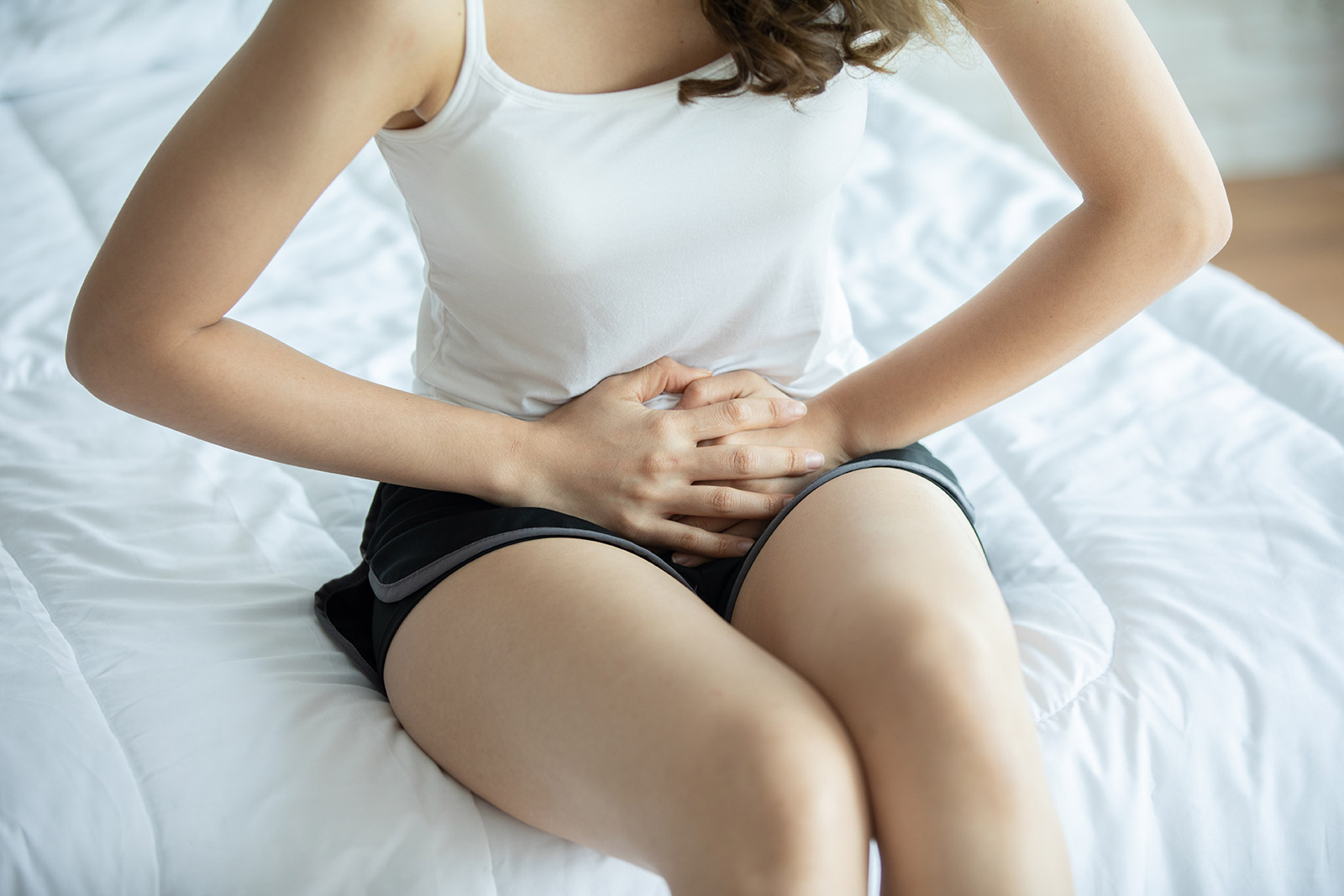Because of their influence on the daily activities of those affected, some more serious food disorders are recognized as disabling.
Here we refer to eating disorders related to chronic mental disorders, which are far different from other solvable diseases (such as foodborne diseases) and from temporary unhealthy behaviors such as unbalanced eating.
The state of hardship and specifically disability must certainly be evaluated by a specific committee, which considers the medical findings, the person’s social integration, and the consequences on the person’s family life (hence the appropriateness also of taking advantage of Law 104).
Listed below are some examples of eating disorders that are considered disabling.
- Anorexia Nervosa: leads the individual to eat a minimal amount of food; it is a chronic disorder where a body weight significantly lower than normal is observed in the person. The disorder originates from psychological problems, which generate the fear of becoming fat, low self-esteem, and denial of the eating problem. These elements lead to a distortion of one’s view of one’s body.
- Bulimia Nervosa: Equally anorexia, bulimia is a massive ingestion of food in response to an event that causes guilt in the individual. Seemingly unexplained, it may be in a chronic form. Often the subsequent guilt leads the person to take laxatives or induce vomiting in order to make up for it.
- Orthorexia: It is a kind of food fanaticism, leading the person to obsession with healthy food and excessive focus on nutrition to the point of blocking his or her social life.
- Rumination disorder: happens when the person regurgitates, over a long period of time, ingested food.
- It has no reference to gastrointestinal disorders (which are instead very short-lived) because regurgitations are closely related to situations of mental stress.
- Pica: the adult sufferer ingests objects or substances without any nutritive properties. For example, ingested objects may include paper or stones. Some borderline cases have gained notoriety through television programs devoted to the subject .In short, this condition may fall under the field of obsessive-compulsive disorders.
- Restrictive food intake disorder: this is a very unique condition that causes the person to avoid entire categories of food for reasons that are completely unrelated to medically recognized food allergies or intolerances. The disorder is a kind of partial anorexia, and it does not even have a reference to personal tastes.
- Uncontrolled Eating Disorder: is a disorder that is characterized by the presence of bulimic bouts or severe eating disorders. Again, to be recognized as disabling it must be chronic.
In all the above cases, the chronicity of the disorder and the relative severity make the person unable to carry out continuous activities, either work or social. Some of them, for example, orthorexia, are recognized but without being framed into a specific percentage.
Only anorexia and bulimia are conditions for which disability rates have been expressed, as they are also the most prevalent of those listed. For a mild deficit related to anorexia nervosa, a 35% disability rate is recognized; 45% for a moderate deficit; at least75% for a severe deficit.
As for bulimia, a percentage of 20% is applied to the more moderate forms, and then to rise to 100% of the more severe forms that lead to the non-self-sufficiency of the person affected.




